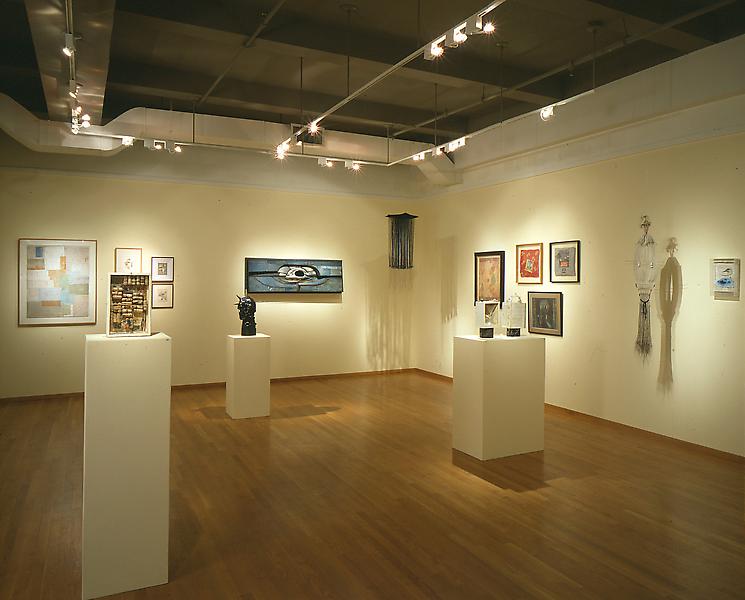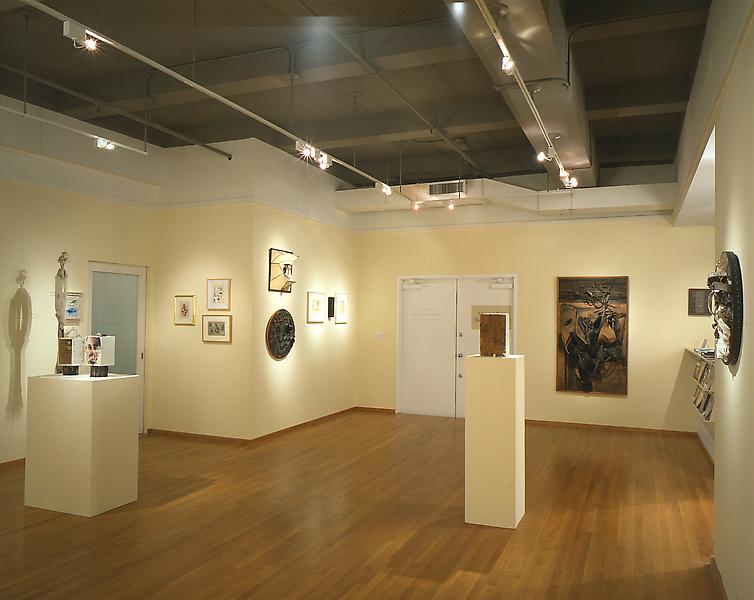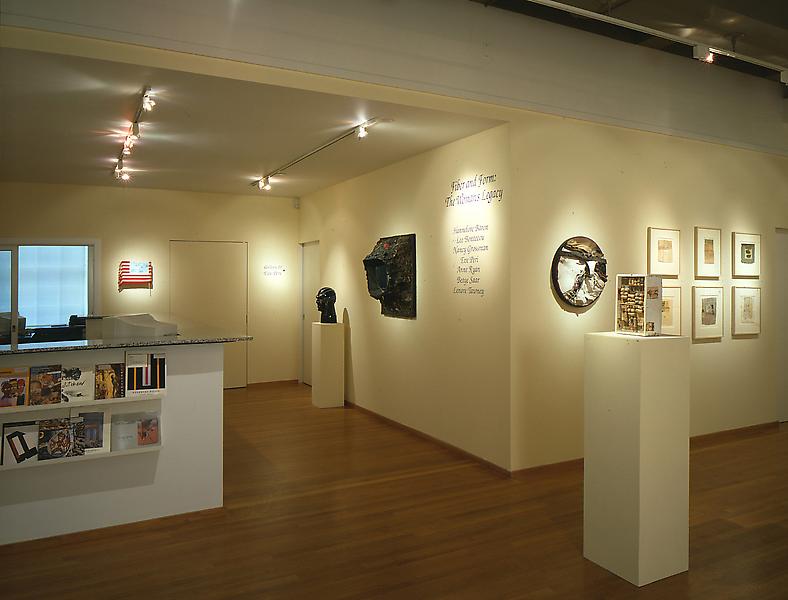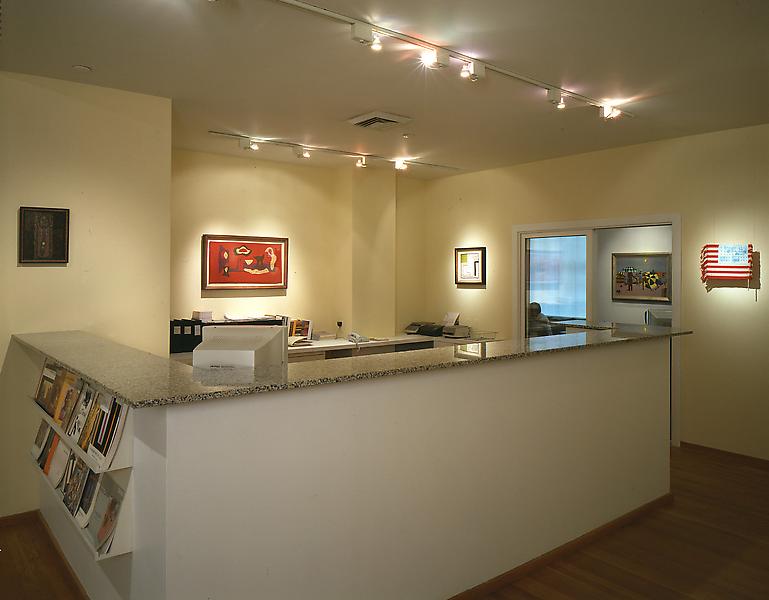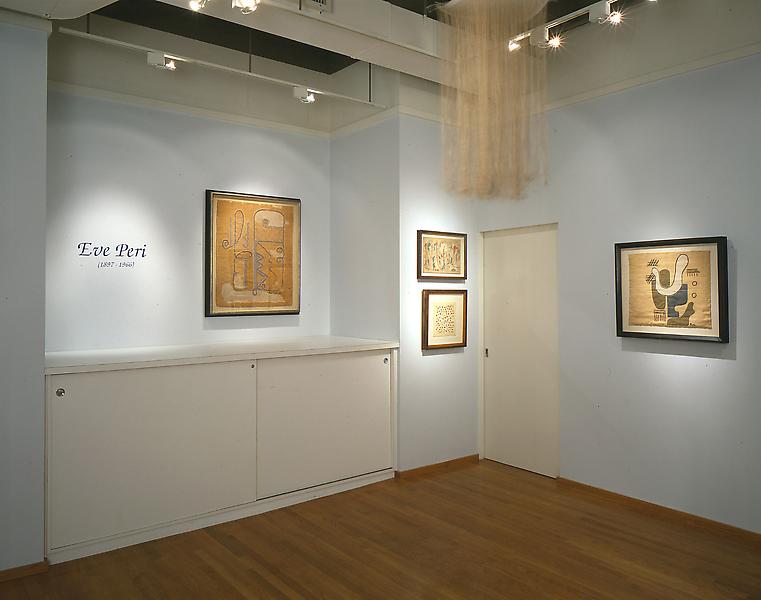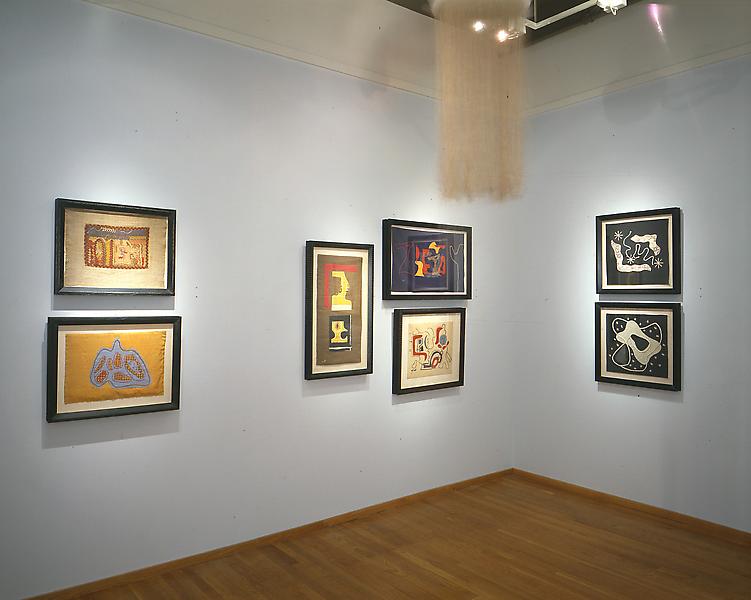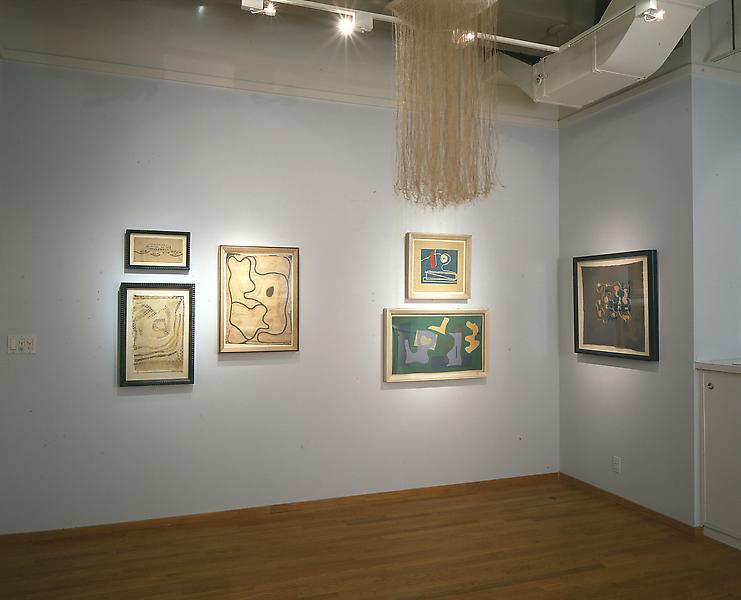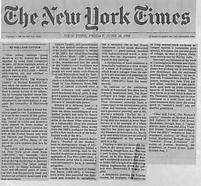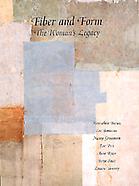Artists included in this exhibition: Hannelore Baron, Lee Bontecou, Nancy Grossman, Eve Peri, Anne Ryan, Betye Saar, and Lenore Tawney
Fiber and Form: The Woman’s Legacy, focuses on seven female artists who have consistently incorporated the act of sewing and/or fiber in their two and three dimensional works, celbrating the female artist’s inclination to sew and the reinterpretation of traditional utilitarian materials including linen, leather, cotton, burlap, and lace. Historically, women from a very young age have been taught by their female elders to sew in order to provide articles of clothing, warmth and decoration. Respect, honor and desirability were all attributes obtainable as a result of proficiency. In addition, words or found objects have often been incorporated into the hand-made objects stating sentiments of endearment or documenting a specific family or historical event.

